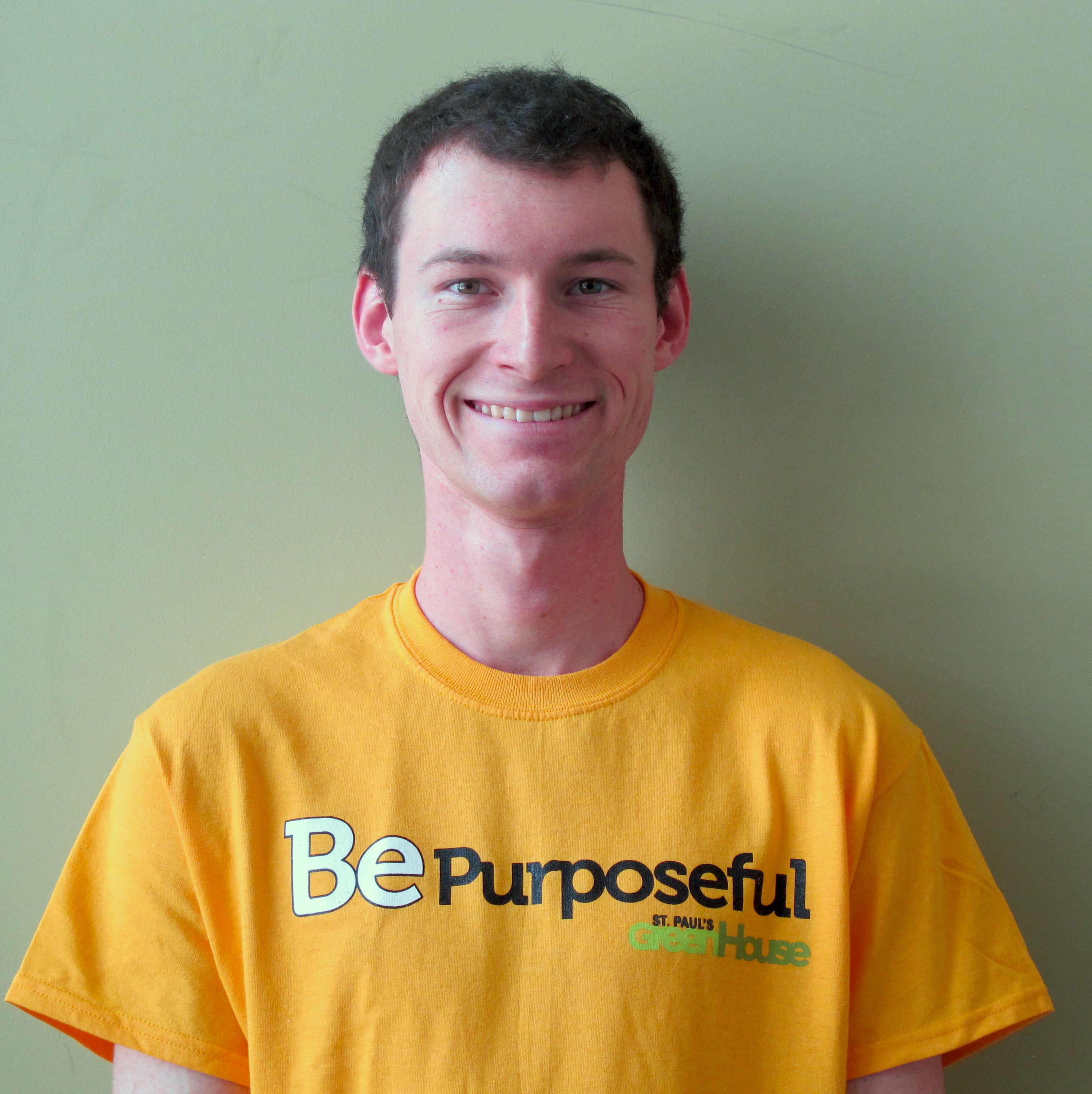
What’s your why?
My grandparents have a hobby farm where they raise bees and perennials north of Toronto. I often helped out as I was growing up. For me, this was a direct connection to where some of my food came from and an inspiration to enable similar experiences for others. During my time at UWaterloo and St. Paul’s, I was also introduced to, and participated in, the community garden.
In the fall of 2013, I attended Impact!, a youth sustainability training program where we were tasked with coming up with solutions to big environmental or social problems. I began thinking about the fact that community gardens, while doing great work, are often hidden away so that the majority of people don’t know about them or think about important and related food security issues.
I wanted to raise awareness about issues such as pollinator health, to educate people about factors such as the role native species can play in a garden, and to encourage people to think differently about where their food comes from.
Clearly food is something universal — and I began to think about how art is also universal. People are always on their way somewhere, and public art installations are ways of making a place more “sticky” or engaging. I decided that bringing art together with food in edible art installations might be the way to provoke and encourage conversation, education, and dialogue around food security issues for a wider part of the population.
What’s the problem you are solving?
We want to raise awareness and educate people about the complex issues of food security and food system sustainability. Many people are disconnected from where their food comes from and unaware of the substantial environmental social and health impacts this disconnect has. By incorporating artistic elements into urban food production, we aim to provide stepping stones to increase community engagement and dialogue around these issues, while simultaneously increasing the prevalence of urban green infrastructure.
A large focus is education around the challenges faced by pollinators and their irreplaceable contributions to food production and biodiversity. There are many factors causing colony collapse disorder and opportunities to support them in their time of need. Our art installations assist by creating educational opportunities, community dialogue, and urban food sources for pollinators.
Right now, I’m on an e-coop term as part of my Environment and Business program, so this fits well with that. I’m currently working on a couple of art installations to put in public spaces – a greenhouse on wheels and a pollinator pyramid. These are our pilots to test engagement, whether this is a viable business opportunity and meaningful contributor to help address these issues.
What keeps you up at night?
What keeps me up at night foremost is the development of our sustainable business model, how we can optimally provide these experiential educational opportunities, be scalable and make revenue to grow the company, while maximizing social impact. The prevailing business model is to sell or lease larger installations and to develop strategic partnerships with companies and organizations. This term, I’m talking with potential partners about what this might look like, identifying how this aligns with their organization, and what will work best to engage their customers, etc.
I’m also looking for teammates with carpentry and sculpture experience who can help in the construction of these installations. I’m giving a lot of thought to what our team members contributions will be, and I’m always thinking of creative ideas for how we can build dialogue and capture the experiences of people who engage with our art pieces. We plan, for instance, to put a 360-degree camera on top of the pollinator pyramid to capture time-lapse spatial interactions before and after installation. The concern, however, is how best to share this, tell our story, and quantify our impacts.
I have another eight months of school after this term. I plan to keep working on this part-time while I’m in school and evaluate whether or not there is an opportunity to move forward on this, whether this has the possibility of being self-sustaining or not. That will depend on the feedback and traction we get this summer.
If you feel you would be a good fit for our team, would like to contribute, or have any questions, I look forward to hearing from you. Please don’t hesitate to contact me at richard@edibleartproject.ca
- by Susan Fish